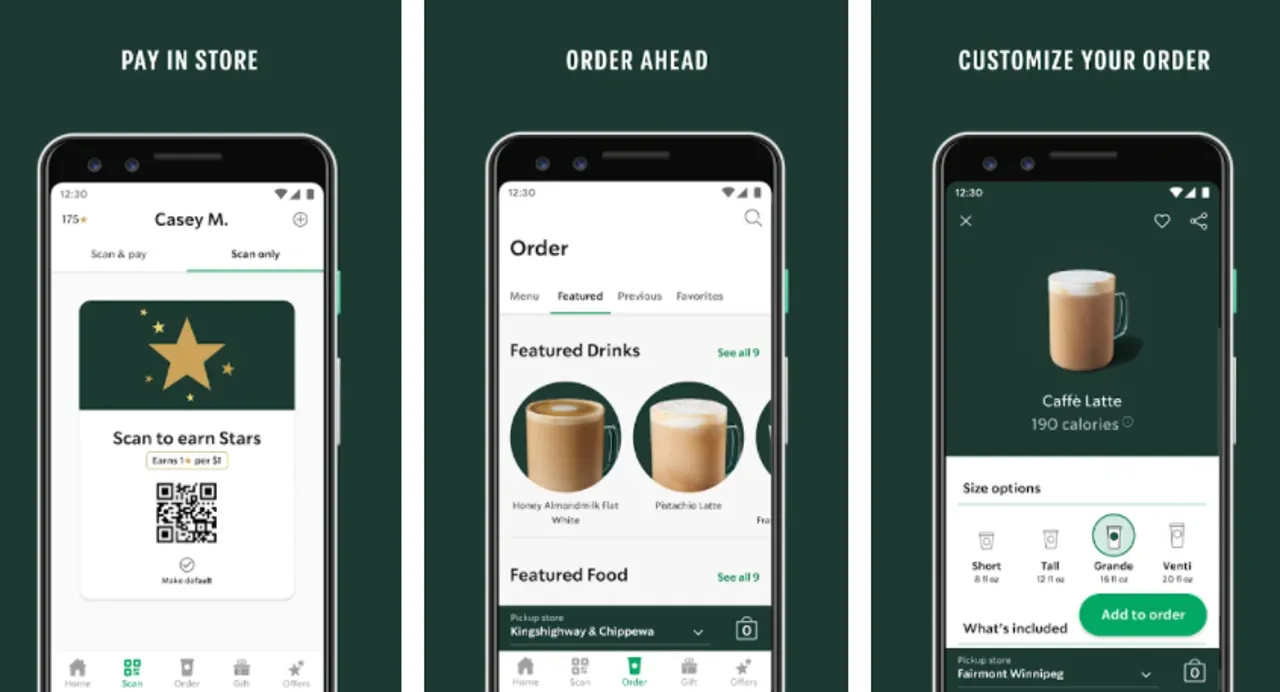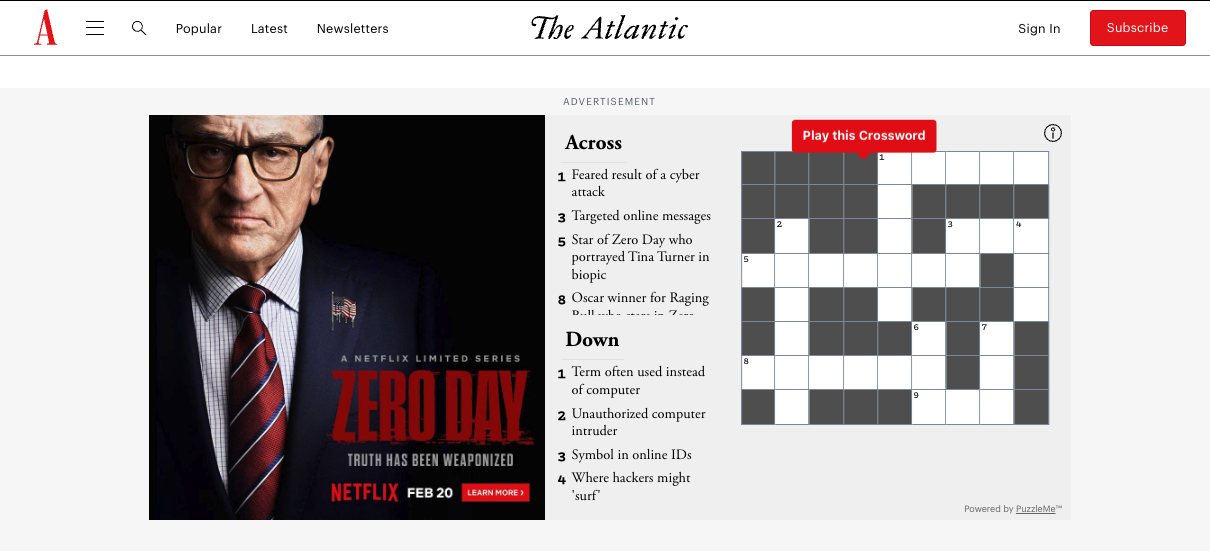Gamification for brands involves using game mechanics to engage customers and build loyalty. This approach can transform routine interactions into fun and rewarding experiences. In this article, we will explore why gamification works, show real-world examples, and offer practical strategies for incorporating it into your marketing efforts.
Key Takeaways
- Gamification transforms everyday tasks into engaging experiences, boosting customer engagement and brand loyalty through points, badges, and leaderboards.
- Successful brand examples like Nike+, Starbucks, and Netflix demonstrate how gamification can create community, enhance loyalty, and drive customer interactions.
- Designing effective gamification strategies requires clear objectives, audience understanding, and the right game mechanics to maximize engagement and satisfaction.
Understanding Gamification for Brands
Gamification is the incorporation of game-like elements in non game contexts, transforming everyday tasks into engaging and rewarding experiences. Imagine earning points for your morning coffee purchase or receiving a badge for completing a fitness challenge. These are examples of gamification in action, and their primary purpose is to engage users with a rewarding experience that encourages continued interaction.
Key mechanics in gamification include points, badges, and leaderboards, which serve as visual acknowledgments of user achievements and foster a sense of community among participants. Instant feedback and rewards in gamification activate the brain’s reward system, transforming activities from chores into enjoyable challenges.
For brands, the immediate objectives of gamification are clear. It aims to increase engagement, drive customer loyalty, and raise brand awareness. Incorporating game-like elements into marketing strategies boosts customer engagement, enhances user experiences, and fosters deeper brand loyalty. This approach not only motivates users but also differentiates brands from their competitors.
Successful Examples of Brand Gamification
Exploring successful gamification examples from leading brands helps illustrate the power of gamification in innovative ways. These real-world instances demonstrate how gamification strategies can effectively encourage customers to enhance customer engagement and loyalty.
We’ll delve into Nike+ Challenge, Starbucks Rewards Program, and Netflix’s collaboration with PuzzleMe, showcasing how these brands have implemented gamification tactics to create engaging experiences and tackle exciting challenges.
Nike+ Challenge

Nike+ has redefined the fitness journey by turning it into an exciting game. The Nike+ Fuelband and app encourage users to stay active by tracking their workout activities and offering achievements, badges, and social sharing options. This strategy motivates users to achieve personal goals and fosters a sense of community through competition.
The integration of leaderboards further enhances this experience, allowing users track to see how they stack up against others and encouraging friendly rivalry. Transforming fitness into a game, Nike+ has successfully kept users engaged with seamless integration and committed to their fitness goals.
Starbucks Rewards Program
 Starbucks has mastered the art of customer loyalty through its highly successful loyalty program rewards program. Users accumulate loyalty points with each purchase they make to reward users. These stars can be exchanged for complimentary drinks and food items. The program includes tier levels that unlock greater rewards, encouraging repeat visits and fostering a loyal customer base of loyal customers.
Starbucks has mastered the art of customer loyalty through its highly successful loyalty program rewards program. Users accumulate loyalty points with each purchase they make to reward users. These stars can be exchanged for complimentary drinks and food items. The program includes tier levels that unlock greater rewards, encouraging repeat visits and fostering a loyal customer base of loyal customers.
The Starbucks app enhances the customer experience by offering personalized promotions, exclusive offers, and time-sensitive deals. Incorporating elements like points, badges, and challenges, Starbucks has developed a rewards program that significantly boosts customer loyalty and repeat business.
Netflix & PuzzleMe’s Interactive Advertisement
 Netflix Inc. collaborated with PuzzleMe to promote its new show, Zero Day, through an innovative gamified campaign. PuzzleMe created an interactive crossword puzzle themed around cybersecurity, resonating with the show’s content and engaging users uniquely. The gamified experience generated interest in the show and provided an engaging way for users to interact with the content.
Netflix Inc. collaborated with PuzzleMe to promote its new show, Zero Day, through an innovative gamified campaign. PuzzleMe created an interactive crossword puzzle themed around cybersecurity, resonating with the show’s content and engaging users uniquely. The gamified experience generated interest in the show and provided an engaging way for users to interact with the content.
This collaboration is a prime example of how gamification can be used in marketing strategies to create memorable experiences and drive customer engagement. Leveraging PuzzleMe’s interactive advertisement, Netflix captured the audience’s attention and enhanced promotional efforts.
Key Benefits of Gamification for Brands
Gamification offers numerous benefits for brands, making marketing feel less like advertising and more like an enjoyable activity. A significant advantage is increased customer engagement, with gamified content often leading to higher participation and interaction rates. Engaging and interactive content leads to higher conversion rates and better information retention among participants.
Another key benefit is enhanced brand loyalty. Gamification strategies often include reward systems that acknowledge and appreciate customer engagement, fostering a deeper connection with the brand and improving brand recognition. This increased loyalty is not only beneficial for customer retention but also for attracting new customers through positive word-of-mouth, including tangible rewards.
Gamification also motivates users and increases customer satisfaction, leading to a more positive overall brand experience. Leveraging gamified elements, brands create unique interactions that motivate users, differentiate them from competitors, and drive long-term loyalty.
Designing Effective Gamification Strategies
Creating a successful gamification strategy requires careful planning and a deep understanding of your audience. Effective gamification strategies start with outlining specific objectives that align with broader business goals. This ensures that the game mechanics enhance, rather than undermine, user engagement and satisfaction.
In the following subsections, we’ll explore the key components of designing effective gamification strategies: setting clear objectives, understanding your audience, and choosing the right game mechanics.
Setting Clear Objectives
The first step in designing a gamification strategy is to define clear objectives that align with your overall marketing strategy. These objectives should be specific, measurable, achievable, relevant, and time-bound (SMART), ensuring that they can be effectively tracked and assessed.
Setting measurable goals allows brands to evaluate the success of their gamification initiatives and make data-driven decisions to optimize strategies. Clear objectives not only provide direction but also help in maintaining focus on achieving desired outcomes, ultimately driving customer engagement and loyalty.
Understanding Your Audience
Understanding your audience is crucial for designing effective gamification strategies. Segmenting users based on behavior and preferences allows brands to tailor gamification tactics to specific customer needs. This personalized approach increases engagement and loyalty among users, as they feel more valued and understood.
Proper audience segmentation not only enhances user experience but also provides valuable insights for future marketing campaigns. Catering to diverse customer preferences and needs helps brands create engaging and effective gamified experiences that drive customer satisfaction and loyalty for their target audience throughout the customer journey. To gather accurate data on user behavior and trends, a Tik Tok Scraper can help brands analyze content interactions and preferences, supporting more targeted and effective gamified experiences.
Choosing the Right Game Mechanics
Selecting the appropriate game mechanics is essential for the success of a gamification strategy. Incorporating game elements, such as challenges and rewards, can significantly boost user participation and engagement. Interactive quizzes, training modules, and mini-games not only enhance user interaction but also provide insightful data for future strategies.
It’s important to choose game mechanics that resonate with the target audience’s motivations and interests to maximize engagement and generate interest. Aligning game elements with user preferences helps brands create compelling and enjoyable experiences that drive long-term loyalty and satisfaction.
Integrating Gamification into Digital Marketing
Integrating gamification into digital marketing strategies can significantly leverage gamification to enhance customer engagement and create more memorable digital engagement interactions. Using game mechanics like points, badges, and leaderboards creates engaging online experiences that encourage active participation. Gamified content, such as surveys and quizzes, can also encourage users to share personal information in exchange for rewards, providing valuable data for future campaigns.
The projected growth of the gamification industry, expected to reach $95.5 billion by 2030, highlights its importance for digital marketers. Incorporating gamification into digital marketing strategies boosts engagement, enhances customer experiences, and drives better business outcomes.
Leveraging Social Media for Gamification
Social media platforms offer a powerful avenue for enhancing gamification efforts and increasing brand visibility. Incorporating game mechanics like polls, quizzes, and challenges increases audience participation and fosters community engagement. User-generated content (UGC) is particularly effective in social media gamification, as it encourages users to share their experiences and promote the brand organically.
Collaborations with influencers and branded hashtag challenges can create viral marketing opportunities, further amplifying the reach and impact of gamified campaigns. Leveraging social media allows brands to create engaging experiences that drive customer loyalty and increase overall engagement.
Measuring the Success of Gamification Campaigns
Measuring the success of gamification campaigns is crucial for understanding their impact on customer engagement and loyalty. Tracking metrics such as engagement rates, conversion rates, and completion rates of gamified components provides valuable insights into user satisfaction and participation. Tools like Spinify offer real-time feedback and analytics, allowing brands to monitor and optimize their gamification strategies effectively.
Continuous tracking and optimization of gamification efforts lead to improved brand engagement and loyalty, fostering a deeper engagement and continued engagement. Analyzing data and making informed decisions helps brands enhance gamification strategies and achieve better business outcomes, increasing engagement.
Overcoming Challenges in Gamification
Implementing gamification strategies comes with its own set of challenges. Brands often face obstacles such as aligning gamification with their brand identity, addressing technical challenges, and ensuring data privacy. It’s essential to design gamification elements that enhance rather than undermine user engagement and satisfaction.
To overcome these challenges, brands should focus on creating engaging and respectful game elements, ensuring transparency in data usage, and addressing potential security and software risks. Proactively addressing these issues allows brands to successfully implement gamification strategies that drive customer engagement and loyalty.
Summary
Gamification is a powerful tool for enhancing customer engagement and loyalty. By incorporating game-like elements into marketing strategies, brands can create engaging and rewarding experiences that foster deeper connections with their audience. From setting clear objectives and understanding your audience to choosing the right game mechanics and leveraging social media, effective gamification strategies can drive significant business outcomes. Embrace the power of gamification to unlock new levels of customer engagement and brand loyalty.
Frequently Asked Questions
What is gamification?
Gamification is the exciting integration of game elements into everyday activities to boost engagement and enhance your experience. Embrace this concept to make learning and tasks more enjoyable and motivating!
How does gamification benefit brands?
Gamification significantly boosts customer engagement and brand loyalty by creating enjoyable and rewarding experiences. Embrace this strategy to elevate your brand’s connection with customers!
Can you give examples of successful brand gamification?
Absolutely, brands like Nike with its Nike+ Challenge, Starbucks through its Rewards Program, and Netflix using interactive ads like PuzzleMe showcase the power of gamification in engaging customers. These strategies not only drive loyalty but also create a fun experience that keeps users coming back!
What are the key components of an effective gamification strategy?
An effective gamification strategy hinges on setting clear objectives, understanding your audience, and selecting the right game mechanics. By focusing on these elements, you can create an engaging experience that motivates and drives participation!
How can social media enhance gamification efforts?
Social media can significantly boost your gamification efforts by enhancing audience participation and fostering community engagement through interactive features and user-generated content. Embrace these tools to create a more dynamic and connected experience!
- 🧩 PuzzleMe’s AI Agent Is Here - November 11, 2025
- 🧩 A New Puzzle by NYTimes - September 15, 2025
- 🧩 Chicago-Style Crosswords, Coming Right Up - August 14, 2025